 Discover the story behind your cup of tea — a journey from India’s lush tea gardens to your hands. Each sip reveals tales of tradition, craftsmanship, and culture. At Kedawat Chai, we celebrate the people and places that make every brew special. Explore the story behind your cup of tea and see how your favorite chai connects you to India’s timeless tea heritage and the passion behind every leaf.
Discover the story behind your cup of tea — a journey from India’s lush tea gardens to your hands. Each sip reveals tales of tradition, craftsmanship, and culture. At Kedawat Chai, we celebrate the people and places that make every brew special. Explore the story behind your cup of tea and see how your favorite chai connects you to India’s timeless tea heritage and the passion behind every leaf.
- Picture this: China, way back in 2737 BCE. Emperor Shen Nong, a guy famous for testing herbs (a brave soul, for sure!), is taking a break. His servant’s boiling water over a fire—standard practice to make it safe to drink. A gust of wind blows some leaves from a nearby bush right into the pot. The Emperor, probably parched, doesn’t just toss it out. He gets curious. He sniffs it. It smells… interesting. He takes a sip. And instead of getting sick, he feels amazing. Refreshed, even invigorated. That was the world’s first cup of tea — a moment beautifully traced in the history of tea by the UK Tea & Infusions Association. Talk about a happy little mistake.
- For ages, it was this secret, medicinal thing for the elite. But fast forward a few thousand years to China’s Tang Dynasty, and tea had become a full-blown cultural rockstar. It wasn’t just a drink anymore; it was an art. A man named Lu Yu was so obsessed he wrote the world’s first book entirely about tea, laying down the law on how to grow it, brew it, and appreciate it. It was a big deal.
- This is also when Buddhist monks, traveling to Japan, brought tea with them. They weren’t just carrying prayers; they were carrying a future national obsession. In Japan, tea evolved into something incredibly spiritual—the famous tea ceremony, where every movement is mindful and deliberate. It’s a long way from that random pot of boiled leaves.
- For the longest time, that was it. Tea was Asia’s best-kept secret. It slowly inched its way along the Silk Road, and Arab traders mentioned it in their logs as early as the 9th century. But its real debut in Europe was thanks to 16th-century pirates—er, I mean, “traders.” Dutch and Portuguese ships started bringing these exotic leaves back, and suddenly every aristocrat in Europe had to have it. It was the ultimate status symbol.
- But then the British entered the chat. And oh boy, did they go all in. The British East India Company, which was basically a corporation with its own private army, took control. Britain became utterly, hopelessly addicted to tea. But there was a problem: all the tea came from China, and it was costing a fortune. The trade deficit was massive, leading to the brutal Opium Wars.
Not cool, right? So the British decided to pull off the biggest corporate espionage job in history. They sent a Scottish botanist named Robert Fortune into China—disguised, dodging bandits—to smuggle out tea plants and the secret knowledge of how to process them. He succeeded. They took those plants to India, to the regions of Assam and Darjeeling, and started their own massive plantations. They broke China’s monopoly and changed the global tea game forever — a turning point in the story behind your cup of tea.and get this—tea even helped start a country. When Britain tried to tax the American colonies’ tea to help that same East India Company, the colonists were fed up. They dressed up as Mohawk warriors, stormed British ships in Boston Harbor, and dumped £ worth of tea into the water. The Boston Tea Party wasn’t just a protest; it was the spark that lit the fuse for the American Revolution.
So, the next time you’re mindlessly dunking a tea bag, think about the wild ride it took to get to you. It’s been a medicine, a spy’s prize, a cause for war, and a catalyst for revolution. Not bad for a leaf that just happened to fall into the right pot of water.
For more blogs click here. Thankyou.
More from our blog
See all postsRecent Posts
- Is tea good or bad for health? Let’s Talk Tea. September 3, 2025
- Beyond the Chai Wallah: Uncovering India’s Secret Tea Gardens September 3, 2025
- That Cup in Your Hand? It Has a Wild Story to Tell September 3, 2025


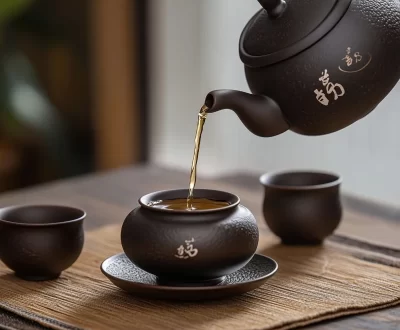
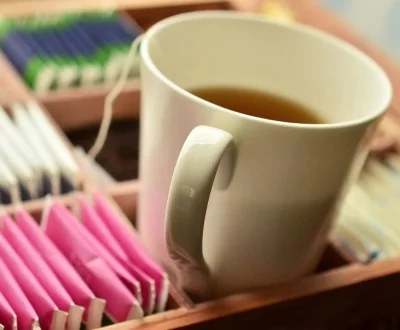
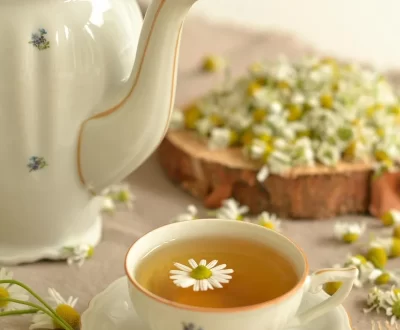
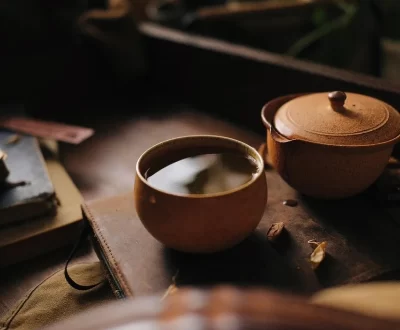

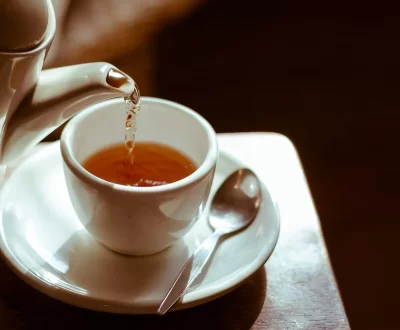


Pingback: Is Your Daily Cuppa Helping or Harming? Let's Talk Tea. - Kedawat Chai